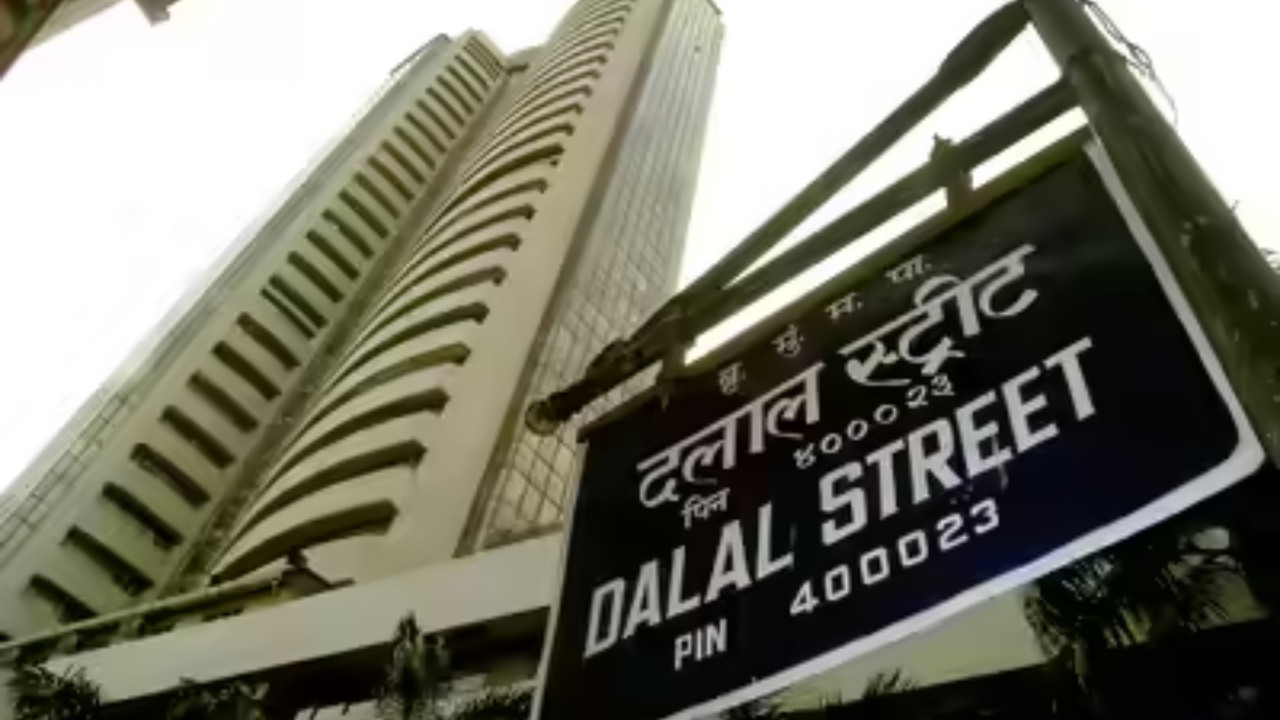India’s semiconductor design GCCs faced a nearly 15% drop in job openings during FY25 due to geopolitical uncertainties and supply chain issues. While overall hiring slowed, demand for specialized skills like VLSI and embedded systems remained stable, particularly in mid-sized GCCs. Despite short-term fluctuations, a positive long-term outlook is anticipated due to increased global focus and government initiatives.
Chip Design Jobs in India: A Temporary Setback or a Sign of Things to Come?
Alright, tech enthusiasts, let’s talk chips. Specifically, the design of those incredibly intricate semiconductors that power, well, pretty much everything these days. You know, the stuff that makes your phone smart, your car drive (almost) itself, and your smart toaster actually toast intelligently.
Lately, there’s been a lot of buzz around India’s burgeoning semiconductor industry. We’ve seen huge investment promises, ambitious manufacturing plans, and a general feeling of optimism that India could become a major player in this globally crucial sector. But, as with anything in the real world, the road to semiconductor supremacy isn’t paved with perfectly polished wafers.
A new report is suggesting that job openings in semiconductor design across Indian Global Capability Centers (GCCs) have dipped by about 15% in the current fiscal year (FY25). This might sound a bit technical, but it essentially means fewer new jobs are being created in the design of these vital chips within the Indian arms of multinational corporations.
Now, before we hit the panic button and declare the dream over, let’s unpack this a little. A 15% dip isn’t insignificant, but it also doesn’t necessarily signal a catastrophic collapse. It’s more like a speed bump on a potentially long and winding highway.
The report points to “geopolitical headwinds” as a primary culprit. We all know the world is a bit… complicated right now. Trade tensions, political uncertainties, and global economic fluctuations are all swirling around, and they inevitably impact business decisions, particularly when it comes to long-term investments and expansions. Companies are often hesitant to aggressively hire during periods of uncertainty. It’s like hitting the brakes a little when you see storm clouds gathering on the horizon.
But what does this mean for India’s ambition to become a semiconductor powerhouse? Are these headwinds going to blow our chances away? I don’t think so. This temporary slowdown might actually be a good thing in the long run. It allows us to take a breath, reassess, and strategize.
The fact is, India still has a lot going for it. We have a huge pool of talented engineers, a government that’s actively promoting the sector with incentives and policies, and a rapidly growing domestic market for electronic devices. The fundamental building blocks for a thriving semiconductor industry are definitely there.
Think of it this way: building a skyscraper takes time. You need to lay a solid foundation, and sometimes, you encounter unexpected challenges that require you to adjust your plans. The recent dip in job openings could be seen as one of those challenges, forcing us to refine our approach and build a more resilient and sustainable industry.
Furthermore, focusing solely on the number of job openings might be missing the bigger picture. Are companies investing in upskilling their existing workforce? Are they focusing on higher-value design work that requires more specialized expertise? Are they collaborating with universities and research institutions to foster innovation? These are all crucial factors that contribute to the long-term health and competitiveness of the semiconductor ecosystem.
It’s also important to remember that the semiconductor industry is incredibly cyclical. Periods of rapid growth are often followed by periods of consolidation and adjustment. This isn’t necessarily a cause for alarm, but rather a natural part of the industry’s evolution.
Perhaps this dip in job openings is a signal that we need to shift our focus from simply attracting more jobs to attracting the right kind of jobs – those that drive innovation, foster collaboration, and create long-term value. We need to move beyond simply being a destination for outsourced design work and start building our own indigenous semiconductor design capabilities.
This isn’t to downplay the impact on individuals who may be seeking employment in the semiconductor design field. Any slowdown in job growth can be frustrating for those looking to enter or advance in their careers. But, looking at the long-term trajectory, the fundamentals remain strong.
The story of India’s semiconductor journey is still being written, and there will undoubtedly be twists and turns along the way. A temporary setback in job openings shouldn’t derail our ambition. Instead, it should serve as a reminder that building a world-class semiconductor industry requires patience, persistence, and a strategic approach. It requires us to adapt to changing global dynamics, invest in talent development, and foster a culture of innovation.
So, while the current situation might be a little less rosy than anticipated, I remain cautiously optimistic. Let’s not focus on the temporary clouds, but on the long-term sunshine that awaits us.
📬 Stay informed — follow us for more insightful updates!







